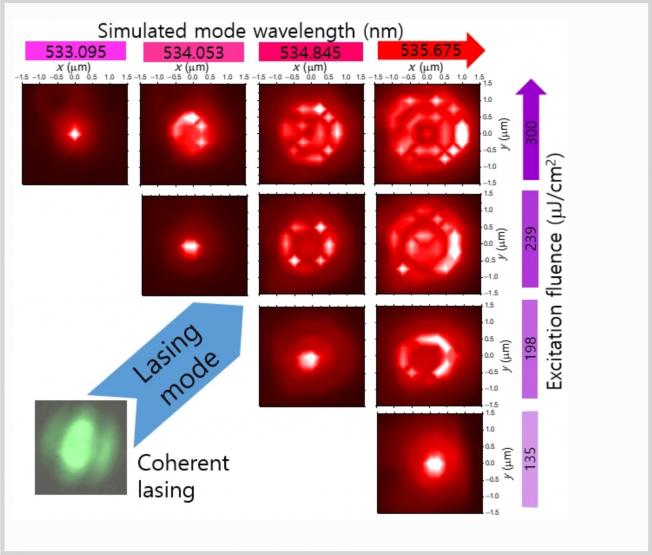Comparison of exciton-biexciton with bound exciton-biexciton dynamics in GaN: Quantum beats and temperature dependence of the acoustic-phonon interaction
Physica Status Solidi B Basic Research 228:2 (2001) 475-479
Abstract:
The polarization dependence of biexcitonic signals and quantum beats between A-excitons (XComparison of exciton-biexciton with bound exciton-biexciton dynamics in GaN: Quantum beats and temperature dependence of the acoustic-phonon interaction
PHYS STATUS SOLIDI B 228:2 (2001) 475-479
Abstract:
The polarization dependence of biexcitonic signals and quantum beats between A-excitons (X-A) and A-biexcitons (XAXA) in a high-quality GaN epilayer is measured by spectrally-resolved and time-integrated four-wave mixing. With cross-linear polarised light, mixed beats with two periods are observed: the first beating period corresponds to the energy splitting between X-A and XAXA, and agrees well with the calculated XAXA binding energy, while the second beating period corresponds to that between X-A and donor bound excitons ((DX)-X-0). The temperature-dependent homogeneous linewidth shows that the (DX)-X-0 has a larger acoustic phonon coupling coefficient than the XAXA. We also measured the polarization dependent B-biexciton (XBXB) signal. The effective masses for the A- and B-hole were deduced from the binding energy.Quantum beats of free and bound excitons in GaN
Applied Physics Letters 79:8 (2001) 1097-1099
Abstract:
We present spectrally resolved and time-integrated four-wave mixing measurements at coherent dynamics of bound excitons in a high-quality GaN epilayer. Coherent excitation, with co-circular polarized light, of the neutral donor-bound excitons (D 0X) and A excitons (XAnalysis of gain saturation in In0.02Ga0.98N/In0.16Ga0.84N multiple quantum wells
APPLIED PHYSICS LETTERS 79:21 (2001) 3434-3436
Quantum beats of free and bound excitons in GaN
APPLIED PHYSICS LETTERS 79:8 (2001) 1097-1099



